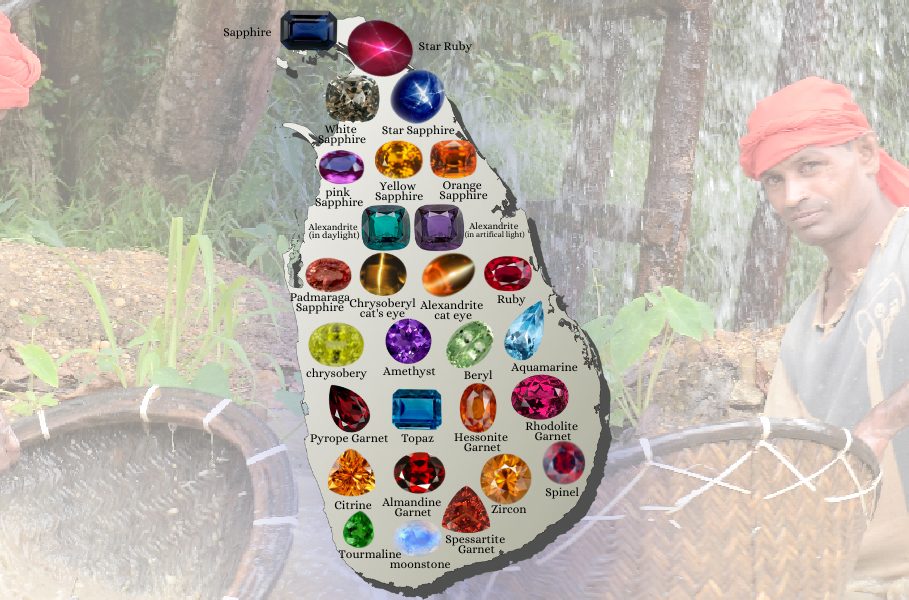Heat treated gemstones have existed for centuries. When a gemstone is exposed to heat and high temperatures it increases the clarity and alters the colour of the gemstone.
Let us describe to you how heat treatment is done and assist you in learning the difference between enhanced gemstones and natural gemstones.
Everything You Need to Know About Heat Treatment
So, you come across your favourite gemstone and two words catch your eye — ‘heat treated.’ and immediately some questions come to mind…
- So, what does it really mean?
- Does it affect the quality of my gemstone?
- Does this mean my gemstone isn’t natural?
- Is there more value in a natural or a heated gemstone?
Heat treated gemstones are not necessarily valued less. But natural (unheated) gemstones do sell at a premium, if it is of exceptional quality. Quality, however, be it heated or unheated remain pretty much on-par with each other. For example, with a Ruby or Sapphire the quality grading will remain the same regardless of, if it is heated or unheated as the quality remains the same.
True Fact – most coloured gemstones in the market have undergone heat treatment to improve its colour and clarity. You see this quite often with Sapphires. Exposing a gemstone to heat treatment is said to give a gemstone more stability, durability, and a permanent colour.
What Is Heat Treatment?
Heat treatment is a gemstone’s exposure to high temperatures, which alters its colour and increases its clarity. Heating is used to lighten, darken or enrich a gemstones natural colour. Without heat treated gemstones, the availability of fine gems in the most sought-after colours would be scarce. The price of gemstone would also increase significantly.
Centuries ago, miners sitting in front of their charcoal fires were the pioneers of the art of heat treatment. They would use pieces of bamboo to blow air into glowing charcoal where a few stones were placed, to coax some new colours into their stones. Today, gemstones are heated and treated with more sophisticated technology and professionals lapidarists using large computer controlled electric furnaces. The methods of the past though crude produce the same result. The more dull or muted gemstones turn into something truly beautiful. This helps us one and all to the opportunity to own a beautiful, coloured gemstone.
Enhanced vs. Natural Gemstones?
Heat is one of the conditions that form the lustre of gemstone. This can occur whilst underground or artificially. If it is exposed to heat while it is in the ground, it is not considered an enhanced stone. However, if the gem undergoes heat treatment after being mined, it is an enhancement.
Natural gemstones form within the earth. Stones such as Moonstone and Rose Quartz are typically untreated. However, certain natural stones, like Amethyst, Topaz, Citrine, Sapphire, Ruby, Aquamarine, and Tanzanite are generally heated after they’ve been recovered from the earth.
Why Is Heat Treatment Used?
Gemstone enhancements such as heat treatment improve a gems wearability and appearance. The treatment is chosen based on the type of gemstone and the desired effect.
Amethysts, Citrine’s, Aquamarines, Tourmalines. topaz, Sapphires, Rubies and Zircons are gemstones that are most often colour-enhanced by heat treatment.
Share on Social Media



